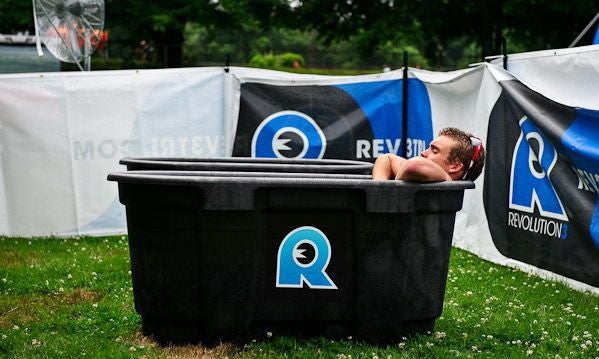Injury Prevention Advice From Professional Triathletes

Photo: Nils Nilsen
For newcomers to the sport, triathlon can be overwhelming. The options for gear, training techniques and nutrition are endless—and often unwieldy to tackle on one’s own. We reached out to 14 triathlon veterans for their best advice and insights to make your triathlon experience even better. Each day this week we’ll share their advice on a different topic. Today, the pros give their tips for recovery and injury prevention.
Tips to stay in top form
Cliff English: The best “poor man’s” recovery tools? Water, salt and an ice bath.
Meredith Kessler: People tend to concentrate on days off, tapering and sleep. But you need to practice recovery after every workout … so you can be fresh for your next workout. I use a steady diet of protein drinks within the fueling window, as well as cooling wraps and recovery boots after workouts or at night.
Andy Potts: As much as the experts tout sleep, I still think it is underrated. Sleep should be your No. 1 form of recovery.
Ben Hoffman: There are no magic bullets for bouncing back fresh as a daisy, but if you do all the little things, they make a huge difference. I use compression boots with cooling pads, foam rollers, golf balls underfoot, The Stick roller, regular massage, eating a good balance of carbs and protein immediately following workouts and getting plenty of rest each night.
Tim O’Donnell: Recovery is more important than fluff workouts. If it comes down to a 60-minute aerobic ride that is on your training schedule versus getting a massage when your body is beaten up, or getting an extra hour of sleep when you are exhausted, treat yourself!
Terenzo Bozzone: The faster you recover from training, the more key workouts you’ll be able to do along the way. I use compression socks and sleeves after all workouts. When I get home, I elevate my legs and use compression boots.